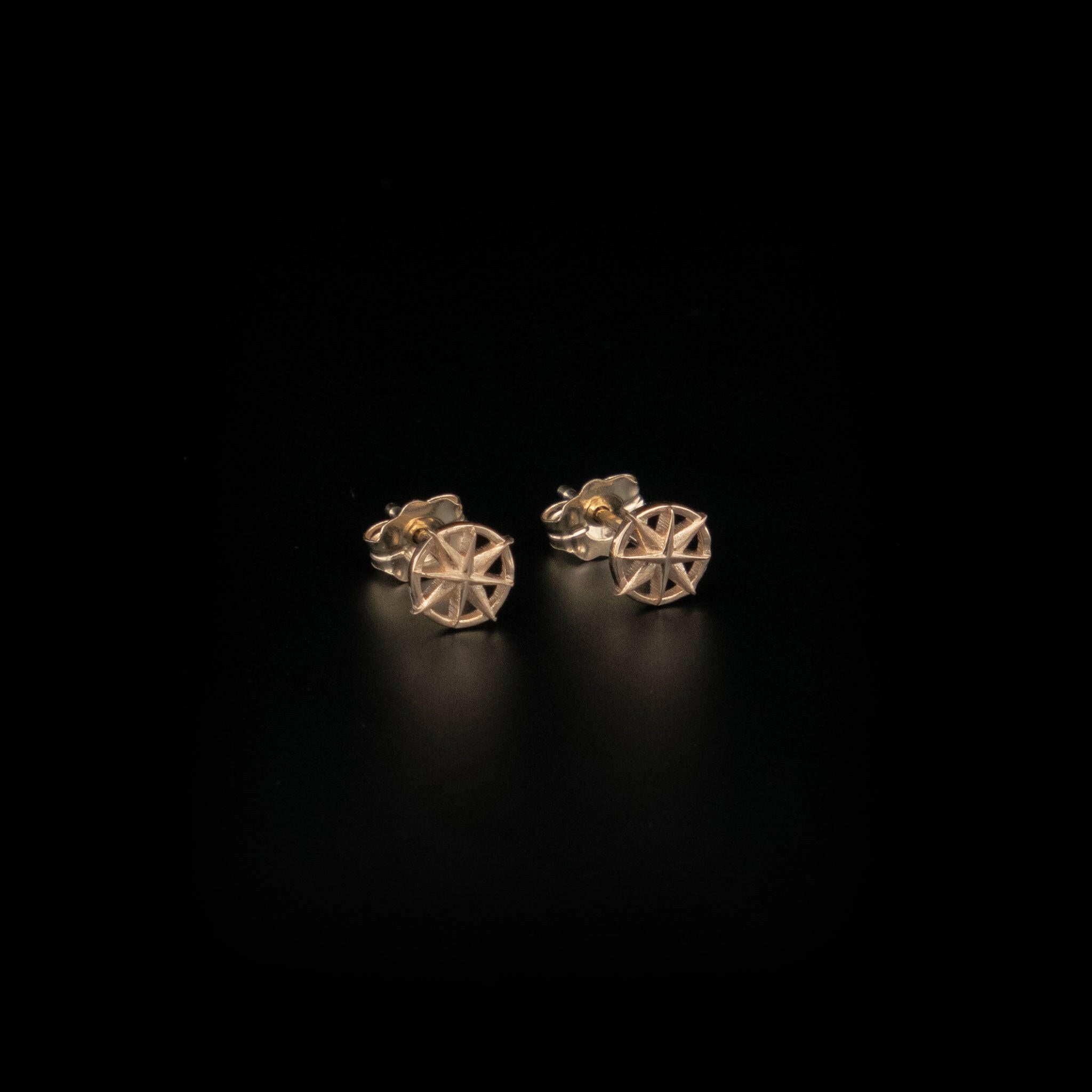I talk a lot about being a “non-traditional” or “alternative” jeweler. The business plan that I wrote way back in 2006 emphasized that I planned to be “alternative” through innovation in shopping experience. I was way ahead of the game when it came to presenting customers with a custom design experience that used digital images and 3D prints. The business plan I wrote for my new Worcester store revolves around me being “alternative” in the types of products that I carry. My designs will range from simple to complex, but they will not be the basic halo setting available at every other major jeweler in Massachusetts. I will also carry a number of stones that most traditional jewelers do not, such as heavily included salt-and-pepper diamonds, which are beautiful and unique not to mention incredibly popular on Instagram, but seen as poor quality by jewelers who have spent their careers dutifully spouting the “Four Cs” to every potential engagement ring shopper. Moving forward my products will only contain lab grown, Canadian minded and other known origin stones from mines that can be verified to be free from human rights abuse, and recycled diamonds. That choice is one that many alternative jewelers are making, especially as the situation with Russia makes it clear how hollow the diamond industry’s claims of “Conflict Free” stones really are.
I am a big believer of lab grown diamonds. Now you can get them at almost any jewelry store, but I was the first jeweler in Massachusetts to carry them in 2014. Back then most jewelers would never have considered selling them, because after all, most had spent their careers telling people how special and magical mined diamonds are. “Millions of years in the making.”, “Special”, “Rare”, “Valuable”, and “Investments” have been the phrases repeated over and over by traditional jewelers. I don’t completely disagree with them when it comes to how special diamonds are, but any jeweler selling typical colorless engagement diamonds as a financial “investment” is full of shit.
Minded diamonds are millions of years old, which is undeniably amazing. The earth produces incredible minerals, and their age serves as a reminder that we are but a spec of dust in the timeline of this planet. Our existence is brief and precious. Diamonds are indeed very special. They are the hardest naturally occurring substance on the planet. Their refractive index makes them sparkle unlike any other gemstone. Diamonds can survive for decades in rings in a way that no other gemstone can. All the softer stones, even those like sapphires which are also fairly hard, will start to abrade and loose their polish over time, but the smooth surface of a cut diamond will look just as smooth after years of wear.
But diamonds are not particularly rare. True, there are not many large, high-quality diamonds found each year, and there are very rare varieties such as natural color diamonds in reds and purples. But the basic colorless stones found and cut for the majority of engagement rings are not rare at all, and while costly, they are not quality “investments” as many jewelers have led consumers to believe. Like cars, the average colorless engagement stone loses value the minute it is purchased and leaves the lot/store. Most people who try to sell their diamond engagement rings are disappointed to find that they are lucky to get 20-30% of the appraised value or what they paid for the stone. They are often even more disappointed when they find that stones they purchased and had appraised prior to the rise of the online diamond retailer were over priced and over valued.
Before the days of being able to shop around from your phone, you would have to go from store to store asking to see incredibly similar stones in order to do any sort of cost comparison. There was no good way to know if you were being “over charged” because diamonds have so many specific qualities finding two stones that were enough alike to do a cost comparison was basically impossible. It came down to trusting a jeweler and hoping that your positive purchasing experience also meant you weren’t getting taken for a ride. As I sit here writing this, I looked up a 1 carat Round brilliant cut, G color, VS1 clarity, Very Good Cut diamond on Blue Nile. There are 106 stones matching those specific requirements available on the site. 45 more can be found on Brilliant Earth. Prices range from $6290 to $9942, but there are more filters to narrow down your search. Cost comparisons that used to be impossible take less than 30 seconds. However, should you purchase one of those stones, it does not maintain its value. Sure, ten years from now it will cost you more to purchase the exact same stone as the cost of diamonds increases, but you cannot, as a private consumer, sell that stone for more than you purchased it for. Again, you will be lucky to get 30% of your purchase price. Those natural mined stones will always be worth something. They are not like consumer electronics or even cars that eventually after years become nothing but pieces of junk. But they are not good investments. You will never make money on them.
One of the lines you hear from jewelers hesitant about or down right opposed to lab grown diamonds is that “They aren’t worth anything.”. They mean that they don’t hold their value the way a mined diamond does. And that may or may not be true. Lab grown diamonds have not been around long enough to see what will really happen when people (consumers) start trying to sell them. The price of lab grown stones has also plummeted in the past five years as more and more companies have started to make them. When I first started carrying lab grown diamonds in 2014 they were hard to get a hold of with only two or three major manufacturers. Now I get multiple calls each day from new dealers who are trying to break into the growing market. We don’t know for sure when the price of lab grown diamonds will bottom out. They will never be inexpensive in the way that a CZ is simply because the power and machines required to grown them are always going to be costly. The lab grown diamond you purchase today, might cost less next year. No one can say for sure. What is an undeniable truth is that they cost significantly less than equivalent mined stones. Searching for the same 1 carat, G color, VS1, Very Good Cut diamond on Brilliant Earth shows me six lab grown options with the most expensive being $2230. That is $4060 to $7712 less than its minded equivalents on the same site. So-yes, they are less valuable in the sense that they don’t cost as much and you might not be able to re-sell them should you try. But if you can only sell a minded diamond for 20-30% of its value on the open market, either consumer to consumer or consumer to someone in the jeweler industry who buys used diamonds, those same minded 1 carat diamonds from Blue Nile and Brilliant Earth would only earn the seller $1887 to $2983. If difference in value is calculated by what you pay upfront verses a potential return should you try to sell, you actually stand to potentially lose more money with a minded diamond than a lab diamond even if lab grown diamonds have zero resale value.
In summary, diamonds are super cool, but they are not a good financial investment unless they are one of the very rare varieties like natural red diamonds. The average ½ carat to 2 carat colorless engagement stone purchased in the US is not rare. If you are purchasing an engagement ring, diamond or otherwise, the only good investment you are making is in the symbol of your love that the ring represents. In ten years, metal of that ring will show the wear and tear of a life spent together. It may have been sized as babies and time can change the size of the fingers that wear it. It will be nicked and dented from the physical moments of everyday life lived. But if it is a diamond, while it might have a chip or two (diamonds can chip and crack unfortunately), it will still sparkle. Its facets will be as smooth as the day it was purchased. A diamond’s unchanging beauty will serve as a reminder of why you made the commitment you did. It will remind you of the love you felt in that moment when you decided you wanted to spend your life with your partner. That is the investment that matters. It can be a minded diamond or lab grown; there are valid debates on why a person would want to choose one over the other. It will still represent the You from ten, twenty, fifty years before who was asked “Will you marry me?” and said “Yes”, and that is a worthwhile investment indeed.
-Ilah♥






Leave a comment
This site is protected by hCaptcha and the hCaptcha Privacy Policy and Terms of Service apply.